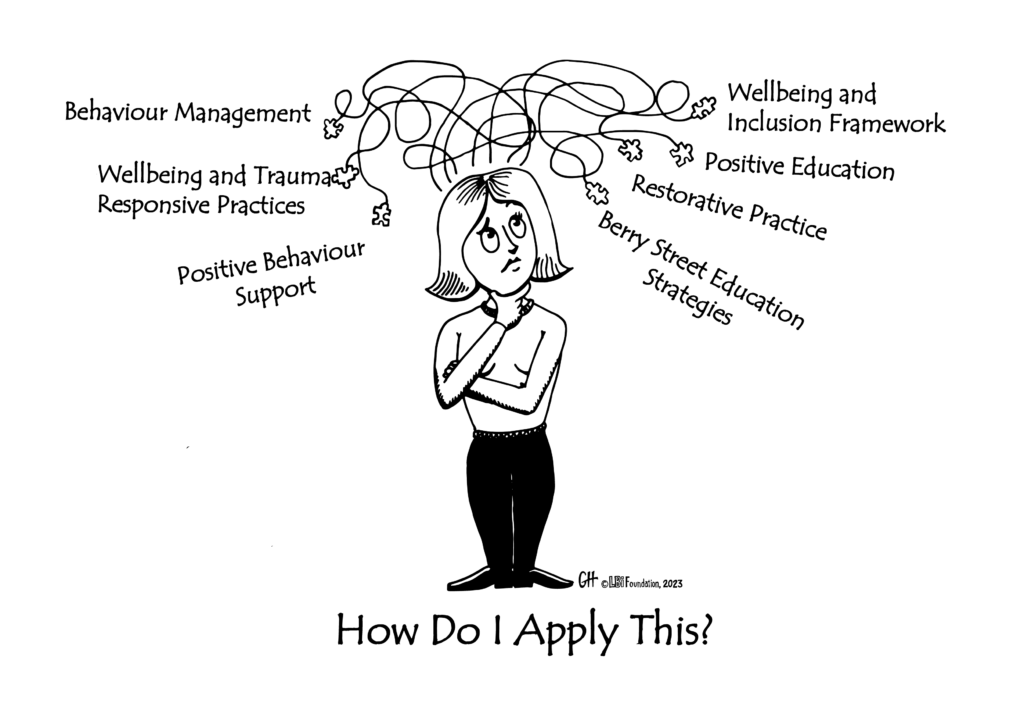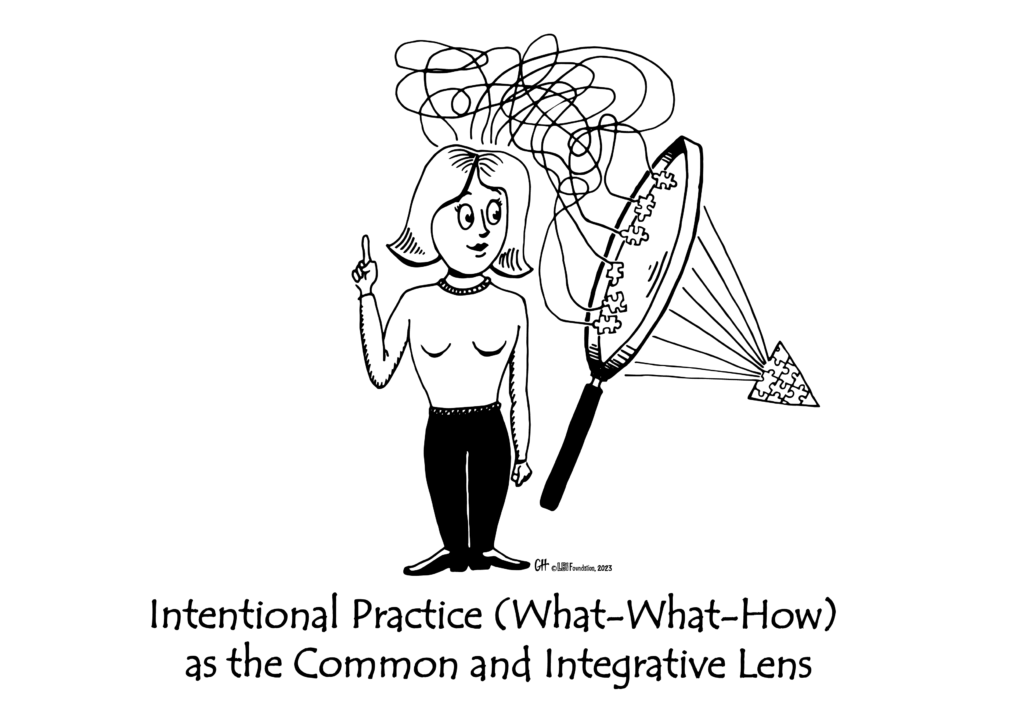What problems does intentional practice seek to solve?
Intentional practice responds to a range of problems or challenges in how people, programs and systems deliver care, support, programs or interventions. These are referred to as wellbeing solutions.
Gap between science and practice
There is a gap between best-practice evidence and how it is implemented in the support, programs and care provided in the community. Intentional practice offers a science-to-practice bridge, which empowers people and communities to integrate their wisdom and strengths with scientific and observed evidence.
Inconsistent translation from the 'system' to the 'moment'.
Many wellbeing solutions are often delivered across systems (e.g., therapeutic framework, whole-of-school wellbeing strategy, trauma-informed practice, departmental practice principles). Such interventions require translation into action through moment-to-moment exchanges between two or more people. Quality implementation is dependent on the ‘system’ wellbeing solution being translated into the ‘moment’ through human decision making processes. Given human variability, this often manifests in poor or inconsistent translation. Intentional practice offers a unifying language, approach (lens) and set of methods to guide wellbeing solution design and implementation from the system to the moment, and strengthen translation and implementation across all layers.
Unintentional harm (despite good intent)
Despite the best of intent, people and programs can cause unintentional harm in how they deliver support, care and programs in the community. Intentional practice is designed to reduce this risk, and strengthen the activating effects or growth qualities of wellbeing solution design and implementation.
Siloed agencies and disciplines
Many agencies and disciplines (e.g., medicine, education, child protection, psychology etc) have distinct practice approaches and ways of thinking and doing. This can lead to siloing of services and thinking approaches. Intentional practice offers a common, non-discipline aligned language and approach, that can be applied to bring integration and coordination to empowering disciplines and agencies to work together in shared intent.
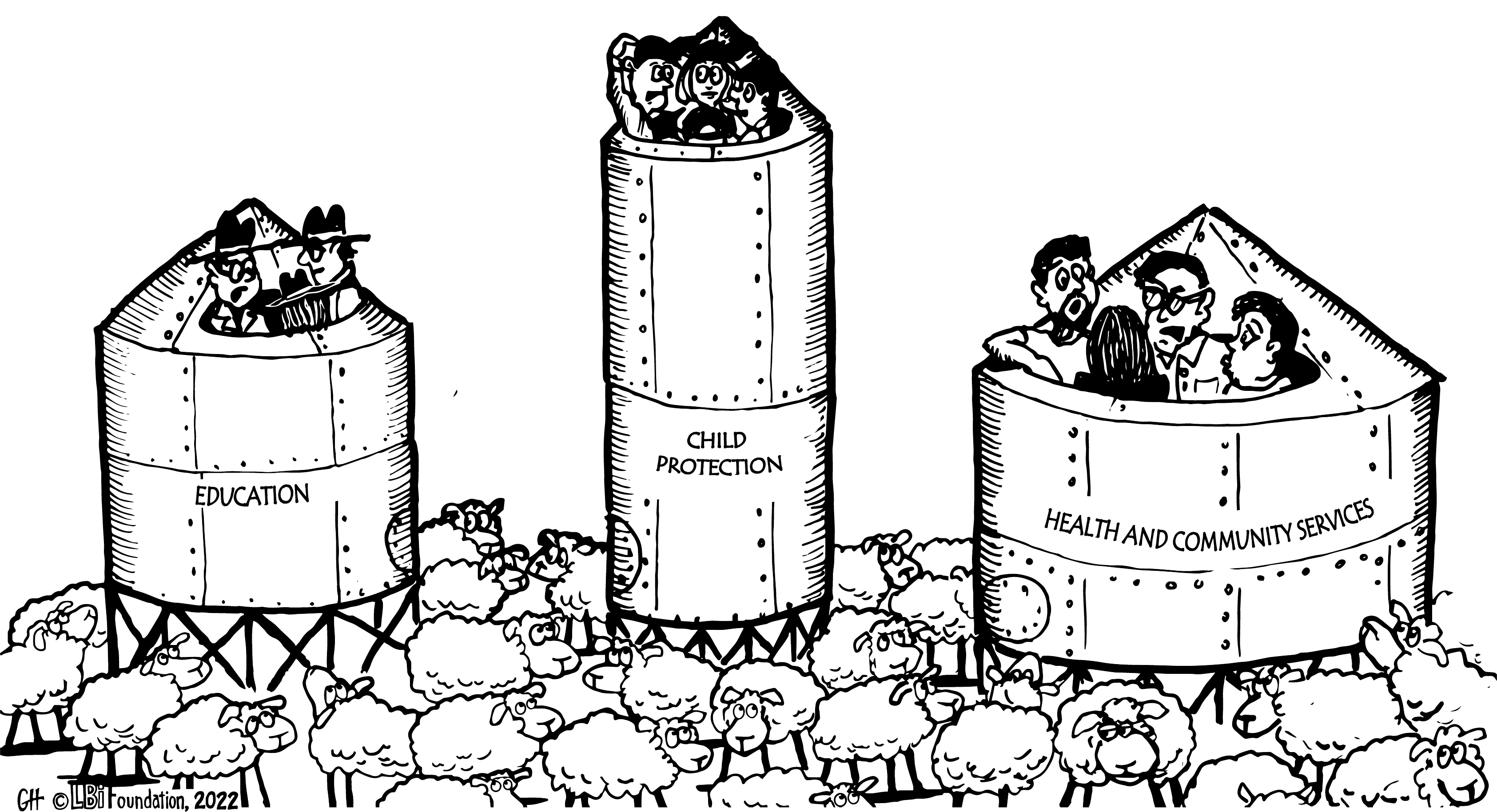
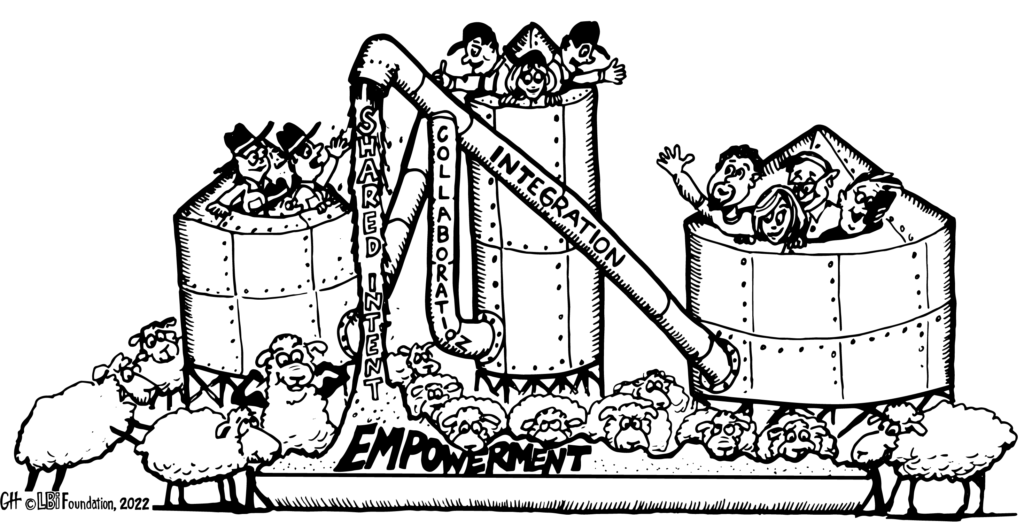
Inefficient and lower impact
It is not uncommon for care or programs to be delivered in an inefficient and low impact manner. This often occurs when wellbeing solutions lack clear intent, are delivered with the wrong intent and/or they are not founded upon evidence (science and/or local knowledge systems). Intentional practice uplifts foundational thinking and planning processes that are designed to strengthen service delivery impact and efficiency.
Lack of service integration and coordination
Many schools, agencies and programs have a range of service features that are designed to deliver broader growth outcomes. It is not uncommon for the intent of these individual components to not be clear and/or they lack integration with other components. Intentional practice offers a unifying method to bring integration and coordination (e.g., hub of the wagon wheel).
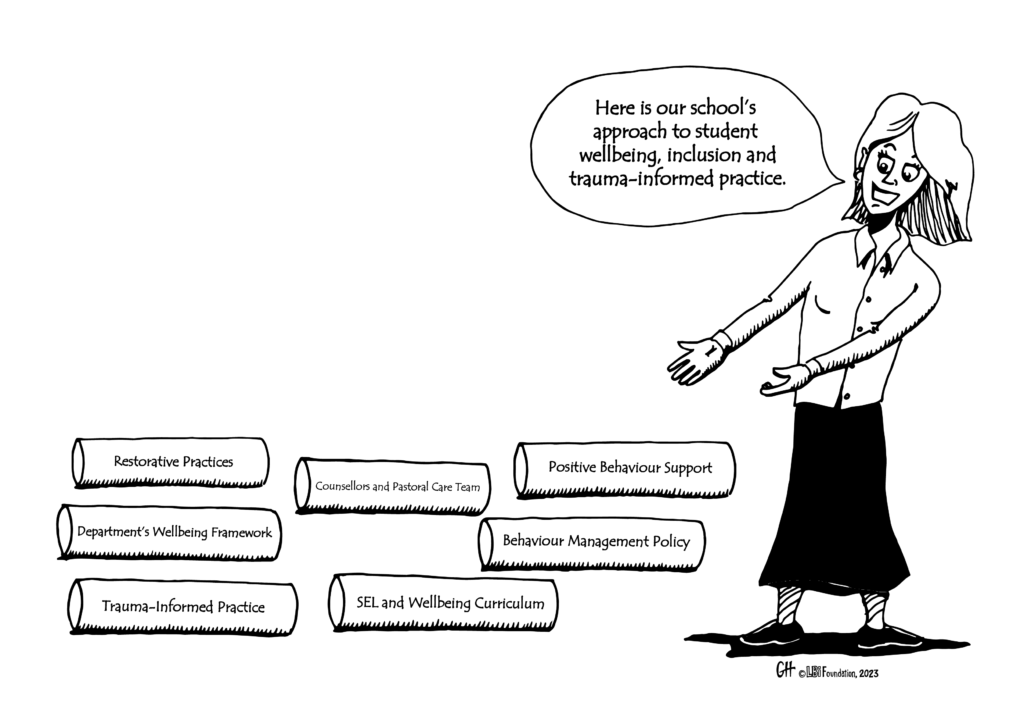
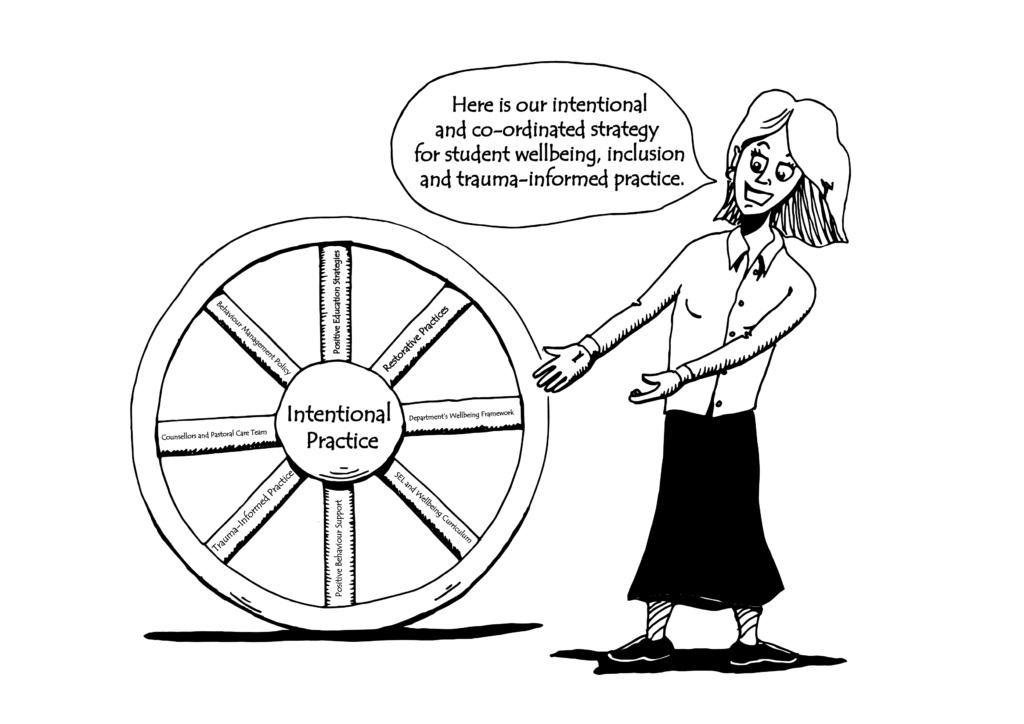
Lack of shared intent
Everyone brings different lenses to their support or how they design and implement a wellbeing solution. This can translate to a lack of shared intent between people and/or agencies. At the heart of intentional practice is empowering diverse community members to come together in shared intent around a common lens.
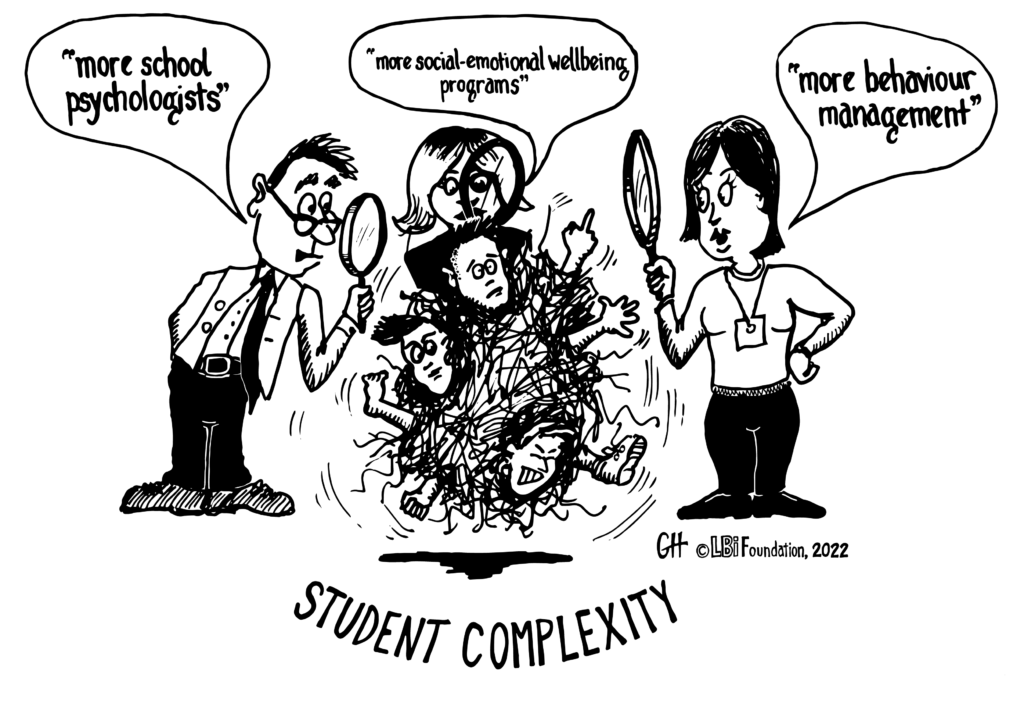
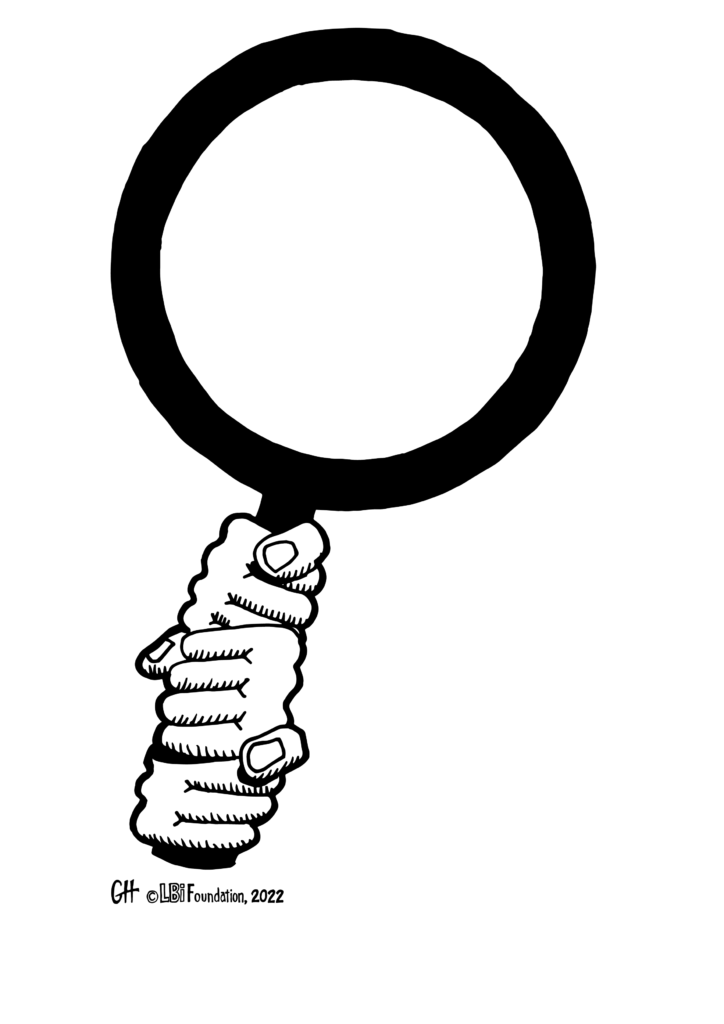
Discounting local wisdom or knowledge systems
The design and implementation of many wellbeing solutions has the potential to discount or disempower key voices, including the community being supported and cultural knowledge systems. Intentional practice offers an inclusive and culturally responsive process to empower empower people and communities to integrate their wisdom, knowledge systems and strengths with scientific and observed evidence.
Paralysed and overwhelmed by training and knowledge
The community spends significant resources training people to support, care and help others. Many caregivers, educators, practitioners, leaders and community members report feeling overwhelmed and paralysed by the layers-and-layers of knowledge, theories and content they have acquired through training and professional development. Intentional practice offers a lens that focuses people on “how to implement” this knowledge or training into action. It brings focus to the intentional implementation of existing knowledge systems.
